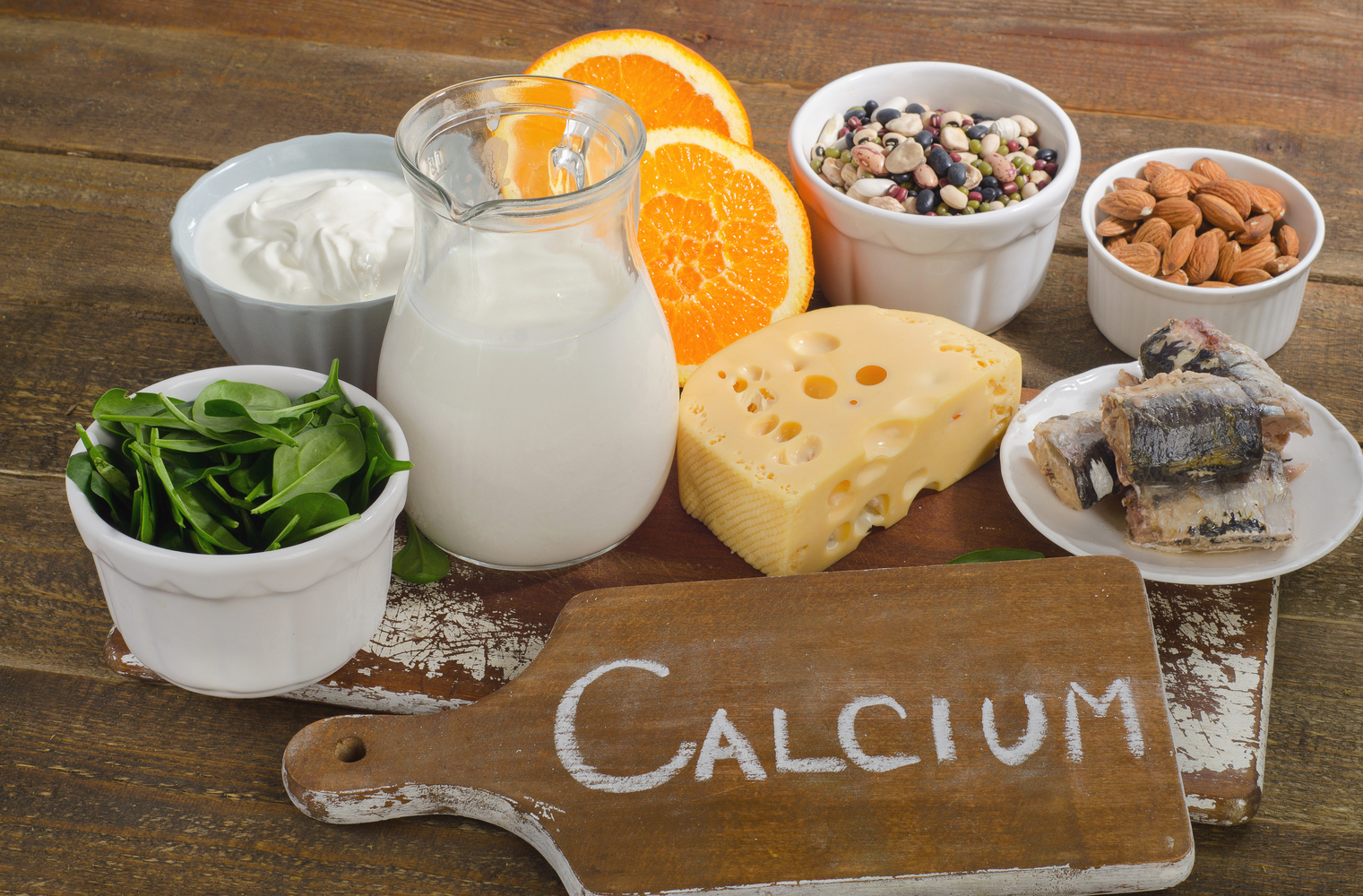
5 calcium deficiency diseases you need to know
Calcium is one of the major nutrients for our body. It is present in the bones, teeth, nerve cells, body tissue, and blood. Age progression and an imbalanced or malnourished diet can cause calcium deficiency, leading to several diseases such as osteopenia, osteoporosis, and hypocalcemia.
As calcium is a crucial mineral for maintaining normal bodily functions such as bone development and stabilization of blood pressure, its deficiency can lead to various deficiency diseases mentioned below:
Osteoporosis
The term osteoporosis means “porous bones”. It is a progressive bone disease that results in the decline of the bone density and mass, which surges the risk of bone fractures. The calcium deficiency disease is common in post-menopausal women, but it can also affect both men and women above 75 years of age. Other risk factors associated with osteoporosis include lower levels of sex hormones, increasing age, and excessive smoking. Osteoporosis can make bones weak to the extent that they can get fractured even with bending and coughing.
Osteopenia
Low bone mass or osteopenia can be caused due to depletion in the bone mineral density. Physicians and orthopedics consider osteopenia as the first step toward osteoporosis. The disease is more prevalent in post-menopausal women than men and can cause complications due to lack of exercise, unhealthy lifestyle, overdependence on alcohol, and excessive smoking.
Osteomalacia
Osteomalacia is a bone condition associated with softening of the bones due to the problem in bone mineralization and formation. The primary cause of osteomalacia is vitamin D deficiency as it helps in absorbing calcium in the intestines. Osteomalacia also increases the risk of suffering from hyperparathyroidism. It is a milder form of rickets and includes symptoms such as muscle weakness; bone fracture; and dull pain in the lower back, pelvis, and legs. The condition can be treated using nutritional supplements and other calcium-rich foods.
Hypocalcemia
Another form of calcium deficiency, hypocalcemia is caused by low serum levels in the blood. Like other bone diseases mentioned above, this disease includes risk factors such as age and gender. People suffering from hypocalcemia exhibit symptoms such as mood swings, depression, and tingling sensations in hands and feet. Hypocalcemia can be treated by increasing calcium intake through supplements and natural sources for better absorption of vitamin D in the blood.
Growth retardation and rickets
The condition is mainly found in children and is associated with weakening and softening of bones. Rickets and growth retardation is mainly caused due to extreme deficiency of phosphorus, calcium, and vitamin D. It can also occur due to improper metabolizing of these minerals. Severe symptoms of rickets include skeletal deformities such as the projection of breastbone, thickened wrists and ankles, and general muscle weakness. The disorder can be prevented with the help of adequate sunlight and vitamin D rich diet.
A healthy lifestyle with a calcium-rich diet and regular exercise can help in treating and preventing calcium deficiency diseases from progression. Legumes such as kidney beans, black beans, and black-eyed peas are excellent sources of calcium and iron. Other than this, oily fish rich in omega 3 fatty acids are also loaded with calcium and can help in making up the calcium deficit that might cause the bone disorders mentioned above.


